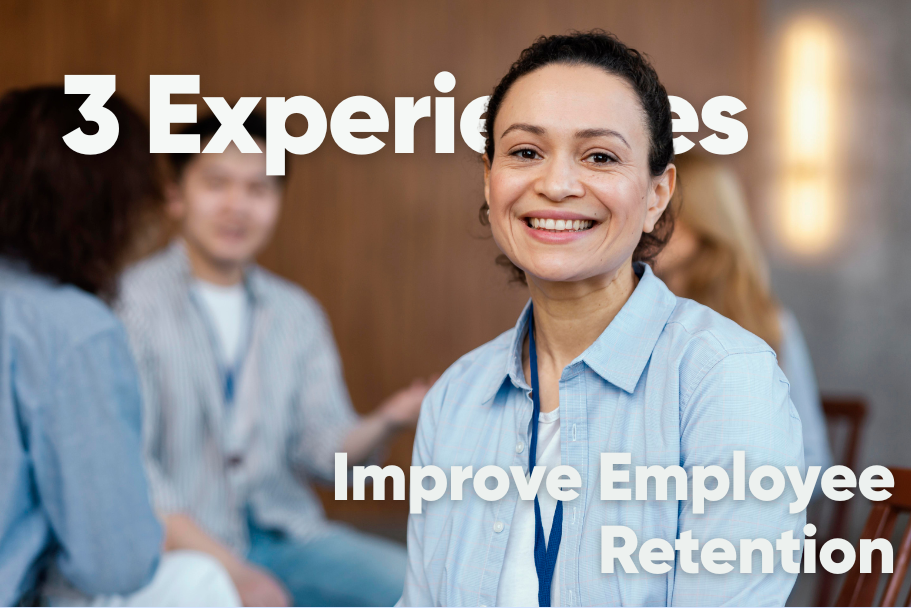
Continuous learning is an approach to team management — one that encourages managers to facilitate ongoing and regular learning opportunities for their team. This is particularly powerful in fast-growing or otherwise busy companies, as an employee’s self and career development is factored in as an essential task during the working day.
If you’re totally sold on the concept of continuous learning (and trust us, you should be), your next question will inevitably be: how can I start developing this culture in my workplace? Any and all of the below should get you on the path to continuous learning.
Promote Self-Directed Learning
Finding the time to design learning content is a common challenge, which normally results in L&D teams becoming a bottleneck for knowledge and delays to an employee’s ability to find it. A continuous learning culture can’t exist if people run out of content or simply can’t find the resources they need in the first place.
So, why not inspire your employees to take charge of their own development and engage in self-directed learning instead?
Celebrate Every Milestone and Close Every Skills Gap
Everest explorers don’t go from ground to summit in just one go. There’s an element of pushing ahead and then re-acclimating and reflecting on where you are now. The same can be said for L&D – that’s why we call it continuous learning! We never truly reach a summit, we find a new starting point for knowledge.
Company goals are set, you figure out the skills you need to get there and repeat the process, and it’s the last part that helps you build a continuous learning culture. That and the principle of measuring skills, not whether training is completed!
Communicate Learning Opportunities — and Incentivise Employees to Take Part
When an employee is bored or disengaged at work, a lack of learning opportunities is often to blame. But there’s a difference between a genuine lack of L&D and a lack of exposure to the opportunities that exist. Awareness could be your biggest barrier to professional development!
First, clearly communicate what’s available, then motivate employees to get involved. Better yet, give people input into how you’re shaping the learning strategy and make sure their voice is heard. That way, you’re not only creating something people will be receptive to, you’re ensuring that awareness is there from the start and providing a sense that their voice is being heard.
Make it Personal
Cookie cutters are only good when you’re actually cutting cookies. Don’t fall into the trap of thinking that one program or one learning format will fit your whole company. Especially if you’re hoping to create learning pathways that people actually want to complete and follow through with. Enjoyable and beneficial experiences inspire continuous learning!
Individual Development Plans, mentorship and coaching, challenging employees to set their own goals — there’s no shortage of ways you can make continuous learning adaptable between one individual to the next. What’s important is that you do.
Now that we know the importance of continuous learning in the workplace, we need to get other people to believe in it too. It doesn’t hurt to have the best tools, either. Check out how People Leader Portal can support a culture of continuous learning at work with their robust learning platform!
About Great Place to Work®
Great Place to Work® is the Global Authority on Workplace Culture. We make it easy to survey your employees, uncover actionable insights and get recognized for your great company culture. Learn more about Great Place to Work Certification.




